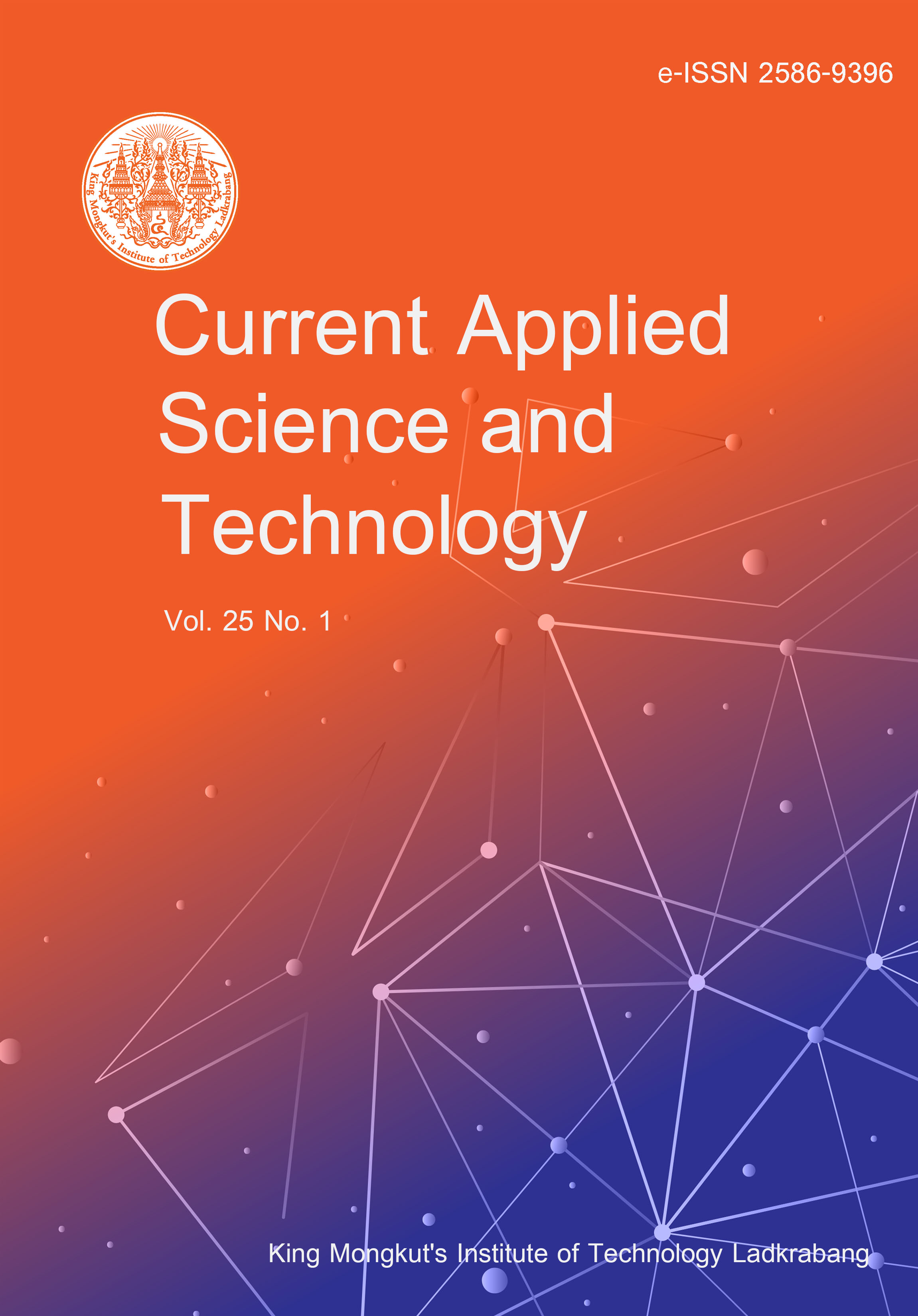Streptomyces species are promising resources of bioactive compounds that play a vital role in medicinal biotechnology. Streptomyces sp. SA31 was isolated from the rhizospheric soil of Cymbopogon citratus (DC) Stapf. The strain was identified as Streptomyces samsunensis based on genome-based taxonomic analysis. The draft genome of strain SA31 contained 11,850,342 bp with a high percentage of G+C at 71.0% and carried 9,350 predicted protein-encoding sequences (CDSs). Furthermore, the secondary metabolite biosynthesis gene clusters in the genome of strain SA31 were predicted by antiSMASH. In silico analysis showed 71 predicted biosynthetic gene clusters (BGCs) responsible for antimicrobial secondary metabolite synthesis. Most gene clusters were involved in the biosynthesis of polyketide synthase. The genome of strain SA31 harbored seven types of polyketide biosynthesis gene clusters that might be associated with antimicrobial activity. Additionally, the genome of strain SA31 contained unexplored secondary metabolite biosynthesis gene clusters. In vitro antimicrobial assay showed that an ethyl acetate extract from the culture broth of strain SA31 could inhibit the growth of Staphylococcus aureus ATCC 25923, Kocuria rhizophila ATCC 9341, Bacillus subtilis ATCC 6633, Candida albicans ATCC 10231, and Aspergillus flavus IMI 242684, implying that the genome of strain SA31 contained potential BGCs for the production of antimicrobial secondary metabolites and led to the isolation of geldanamycin and 17-O-demethylgeldanamycin. Therefore, it can be proved that the rhizosphere-associated soil of C. citratus (DC) Stapf. is a rich habitat for actinomycetes that are capable of producing promising biologically active compounds.
Wongsariya, K. ., Duangupama, T. ., Pansomsuay, R. ., Thanaboripat, D. ., & Thawai, C. . (2024). Genome Characterization for the Antimicrobial Potential of Streptomyces samsunensis SA31, a Rhizospheric Actinomycete of Cymbopogon citratus (DC) Stapf.. CURRENT APPLIED SCIENCE AND TECHNOLOGY, e0260305. https://doi.org/10.55003/cast.2024.260305

